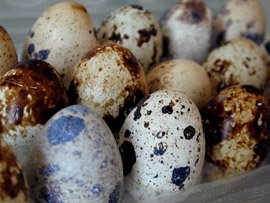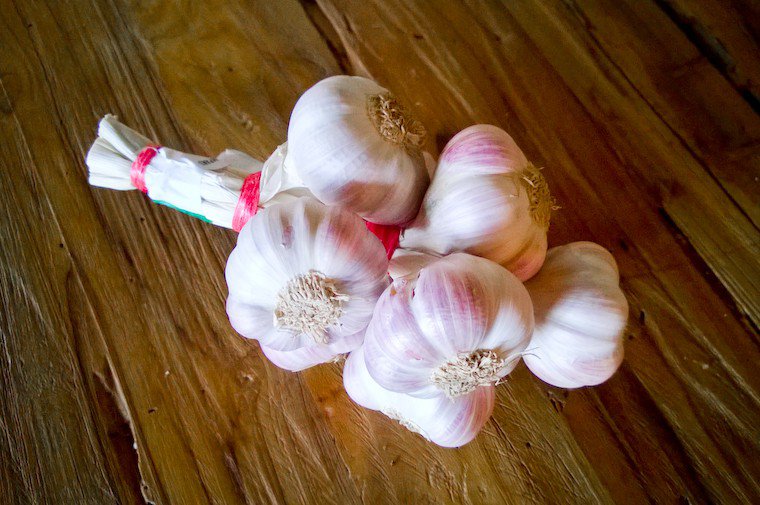
[Apricot and Melon Crumble with Pinenuts]
Maxence and I were recently invited over to our friends Peggy and Julien’s appartment for dinner. They used to live just three blocks down the street from us, but they have just moved and now live, oh, a good six blocks further, so visiting them still has that special neighborly feel to it. Although Peggy is a talented cook, she wasn’t the chef on that particular night : Manu, another food enthusiast and faithful reader of this blog, who is sadly leaving in a couple of weeks to work in Sarajevo, had decided to treat us to a Yugoslavian dinner.
Yugoslavian cuisine is an interesting blend of Middle-Eastern and Mediterranean influences, and we enjoyed a feast of red pepper dip, delicious olives, a tomato and cheese salad (reminiscent of Greek feta salads but with shavings of Yugoslavian cheese), cevapcici (those tiny sausages with the cutest name ever, pronounced “tshay-vap-tshee-tshee”) and a fabulous burek, a spinach and cheese pie made with layers of crispy golden delicious filo dough.
I had volunteered to bring a dessert, of no particular Balkan descent however. It was quite warm so I felt like making something fruity, and since melons and apricots were threatening to disappear from the produce stalls very soon, I decided to combine them in this crumble, as a farewell to them and to Manu at the same time.
I do hope they stay in season long enough for you to try it, so very appetizing with its glowing orange and golden brown colors. The unusual taste of cooked melon adds an interesting depth to the sweet and tart apricot flavor, and the pinenuts (also rather uncommon in sweet dishes), oatmeal and wholewheat flour each add their own voice to make this a subtly flavored and delightful dessert, which would be a great brunch item, too.
As for Manu, he has promised to show me around the hard-to-find Yugoslavian grocery stores hidden in Paris before he leaves. I hope he’ll share some of his recipes too.








